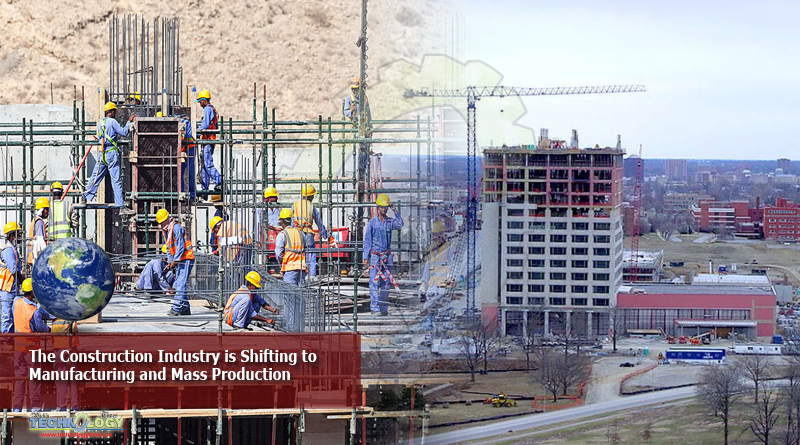The world’s population continues to grow, we are faced with the need for faster development and rapid construction on a massive scale.

Understanding the construction process
The building design and construction process is one that has relatively stayed the same for hundreds if not thousands of years. An architect or designer would create a vision for a structure, a civil engineer would create all the necessary supports and functions, and a crew of builders would ultimately construct the house. It seems simple, but one thing that the “tried and tested process” doesn’t have on its hands is time.
When time and efficiency become the driving constraint for construction, like what is being seen in areas experiencing rapid growth, the only current solution is manufactured housing, lacking in originality and architectural beauty. There is a place for the double-wide and single-wide concept of manufactured homes, but adapting to the mass population has never been the intended use. TOP ARTICLES2/5This Toy Car Race Track Rally Is Filmed as if It Werea Real Event
Rather than this form of housing manufacturing, the construction building design and construction industry will shift to more of a wide-scale mass-production industry. One still focused on architectural beauty and originality but driven by manufacturability and speed.
Much like how 3D printing and other additive techniques are infiltrating the mechanical engineer’s world, so too is relatively rapid prototyping infiltrating the construction industry. There’s any number of ways one can create a structure using scalable components. Builders can utilize large-scale concrete or brick house 3D printing machines, although their practicality for widespread use is still lacking.
What the world will start to see more of is a system of construction building blocks, a standard if you will, for fully custom housing, all utilizing similar pieces.More from Interesting Engineering Controversial World’s First Monkey-Pig Hybrids Born in ChinaPooping on an Airplane Can Be Dangerous, Research Says7 Inappropriate and Out of Context Architecture Designs
Emerging trends in the industry
This slowly emerging trend in the construction industry is further picking up speed. We are beginning to see skyscrapers being built in a matter of days and weeks, as opposed to years using traditional methods.
The trend is becoming premanufactured, as somewhat uniform, structural sections are used in large-scale construction projects. Most notably, we see these premanufactured parts methods being used in places like China, where the population is experiencing exponential growth.
For the better part of history, construction has relied on the trades, bricklayers, masons, builders, and many others to bring an architectural design to fruition. Not to say that trades are dying, but rather when time is the driving factor in construction, there simply isn’t enough time to rely on human tradesmen. Engineers, and builders for that matter, are turning to construction techniques like tilt-up building, where walls are cast in large slab sections on the ground and lifted into place. This technique allows sections hundreds of feet in length to be raised in a matter of hours.
The key to understanding mass-production techniques being implemented in building construction is that even though time is becoming a driving factor, buyers still want originality. To adapt to this, construction techniques are using styles similar to how one may play with building blocks. There are standard sections and methods that ultimately fit together easily to create a greater structure, which can be customized.
As large-scale 3D printing techniques for buildings mature, the industry may start seeing more designers utilizing these methods. In terms of feasibility, additive techniques have been proven on a small scale, but sizing up the methods to the size of a house or office building, is another matter entirely.
Courtesy: referral link
